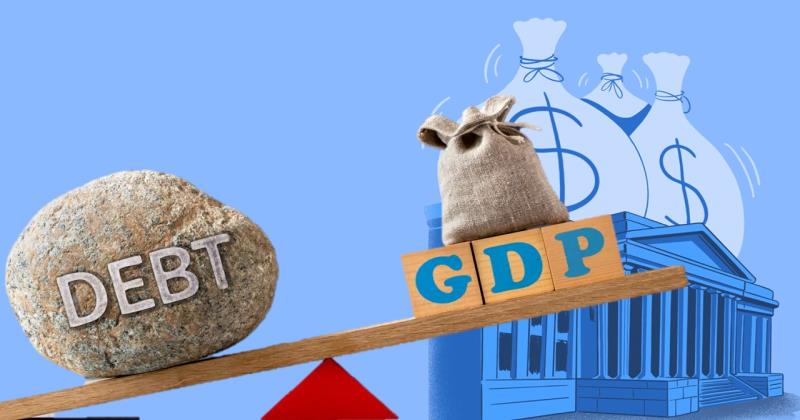DETERIORATING global macroeconomic conditions combined with heightened geopolitical uncertainty and lingering COVID-19 lockdowns in China are fuelling persistently high inflation, market volatility and rising yields which pose an increasingly challenging outlook for credit.
For now, nevertheless, credit ratings are showing resilience as they benefit from still largely growing economies, consumption supported by household savings, and record corporate cash balances, according to S&P Global Ratings’ global head of analytical research and development Alexandra Dimitrijevic.
“Rating actions globally in April and May were balanced, outside of countries directly impacted by the conflict, with the net outlook bias which speaks to forward-looking rating trends remains close to neutral,” she pointed out in a report entitled “Global Credit Conditions Special Update: Inflation, War, And COVID Drag On”.
“The distress ratio for US speculative-grade borrowers, an indicator of future default trends, is increasing but remains well below the five-year average.”
Given such outlook, Dimitrijevic cautioned that credit ratings could come under more pressure if the situation persists for more than one or two quarters or deteriorates further as households struggle with falling real incomes and rising energy and food prices, businesses face weaker demand conditions and margin erosion, and financing conditions ratchet tighter.
“Defaults could start picking up toward the end of the year as we get into 2023,” she projected.
“The conflict between Russia and Ukraine and growing tensions with NATO are more protracted than expected. Inflation remains stubbornly high, fuelled by food and rising commodity prices.”
Elsewhere, the global rating agency observed that the Chinese authorities are continuing to lock down major cities and regions to stem COVID-19. And the US Federal Reserve and other major central banks are ramping up their fight to rein in inflation pressures.
“From a credit perspective, this represents a wind shift as credit prospects become more challenging,” Dimitrijevic noted.
“While widespread concerns relating to recessionary scenarios in advanced economies have not been realised so far, they are a growing downside risk for later in the year and into 2023, particularly if the war in Ukraine drags on and escalates or the authorities struggle to contain the pandemic in China.”
Moreover, the Fed is also treading a fine line in reining back inflation without destabilising financial markets, undermining confidence or triggering a hard landing for the economy, added the international rating agency. – May 18, 2022









